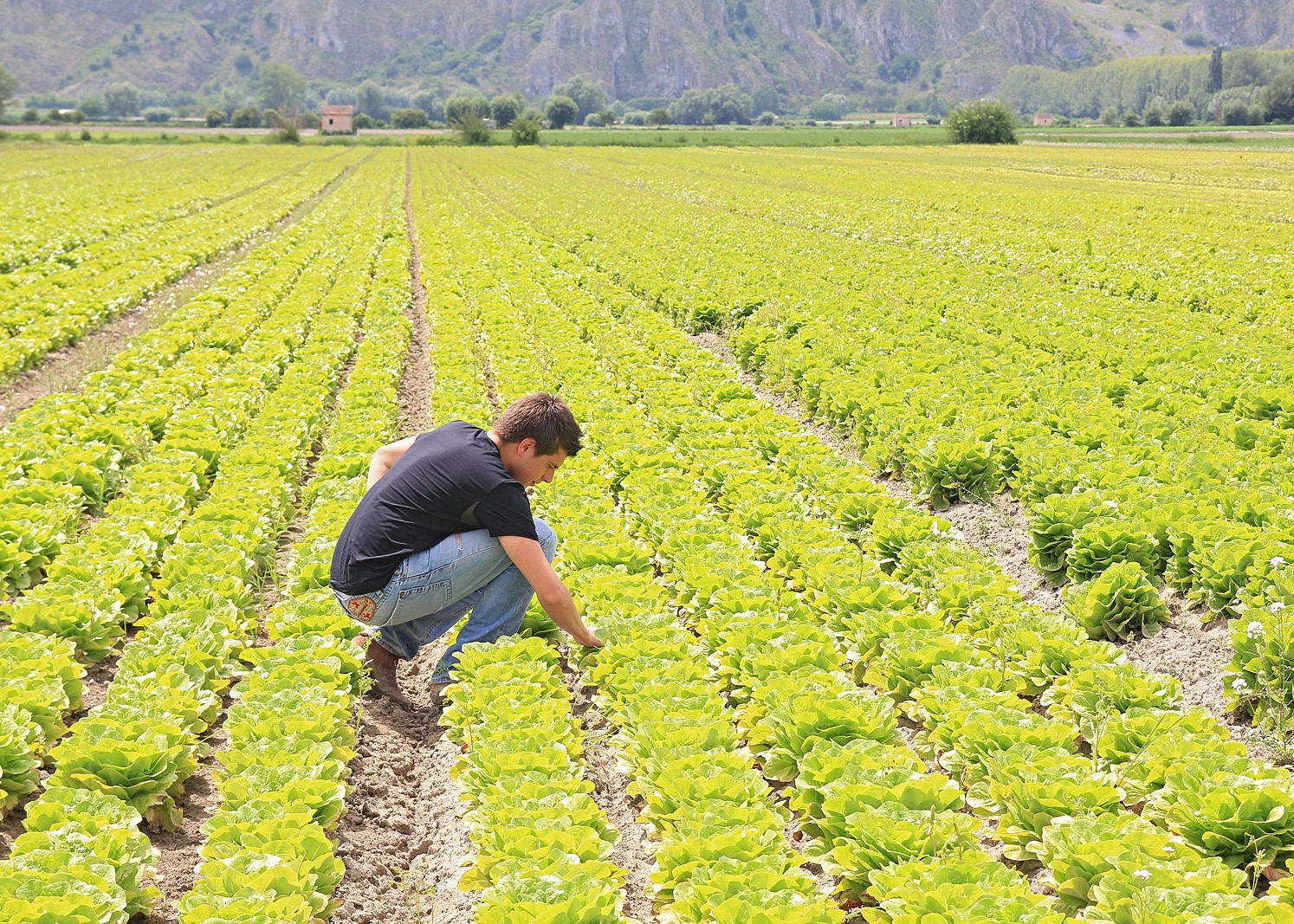
 Centro Studi Divulga
Centro Studi Divulga
Italian report: Young Italians in Agriculture Covid, the green turn of the new generations
- WTI Magazine #150 Apr 23, 2022
-

 Centro Studi Divulga
Centro Studi Divulga
The aim of this first report on 'Young People in Agriculture' is to examine the role of the new generations in the agricultural sector through an analysis based on primary and secondary statistical sources. The in-depth study distills the Italian reference framework by comparing it with that of its main European competitors.
The data highlight the leading role played by young people in the agricultural sector, both within Italy and in the European context. In particular, with regard to the data on the approach of the new generations to the sector, but also in the relative performance achieved.
While, compared to 2016, the number of young people in the various productive sectors decreases ( -11% ), the agricultural sector, on the contrary, registers a positive trend with a +8%. An important signal that testifies to the decisive orientation of the new generations towards the sector, also repaid by the results achieved in the pandemic period, when the health crisis has significantly damaged much of the Italian economic sectors. The report confirm, even in the midst of the pandemic, a 'greater resilience' of young people in the agricultural sector compared to all other productive sectors. A peculiarity that clearly emerges from the analysis of the mortality indexes of the companies.
These positive performances of young people in agriculture can be further strengthened with appropriate strategies and support policies, which are partly covered by the European Common Agricultural Policy (CAP) and in particular by the second pillar of rural development. Hence, the usefulness of analyzing the dynamics of some instruments of the Rural Development Programs (RDP) also in consideration of the new guidelines outlined by the New Green Deal. In particular, the step for the installation of young people in agriculture (Step 6 of the RDP). In this case, the figures show a marked gap between 'demand' and 'supply', with a consistent demand for access by young people to policy instruments, not always adequately compensated. The varied panorama of support for young people is not limited, however, to rural development policies. Although the Italian National Recovery and Resilience Plan (PNRR) does not provide for an intervention dedicated exclusively to young people, it does touch on the strategic role of the new generations in the various instruments envisaged. A fundamental premise for placing the 'extraordinary' role of young people at the center of the country's economic and social recovery.
During the 2020s, a good example of resilience is the one given to us by our ultra-centenarian compatriots, who, as of January 1, 2021, numbered over 17,000 compared to 14,400 of the previous year. The average age of the population continues to increase: while in 2010, the 60.3 million residents were on average 43 years old, today the 59.3 million Italians are on average 46 years old. It is a condition that, on a global level, guarantees us the bronze medal behind Japan and Germany; out of curiosity, it should be noted that the average age of the African continent is 18 years old and that 60% of the world population is under 30 years old. Specifically, back to Italy: 900,000 fewer under-15s, a reduction of approx. 1.8 million people between the ages of 15 and 65 (the working-age population) and an increase of 1.7 million over-65s. The shift along age classes is well evidenced by the old-age index (the ratio between the over-65s and the under-15s): in 2010, for every 100 under-15s there were 144 over-65s, while today there are 184.
Obviously, this effect is also reflected in the working-age population: the ratio between the number of individuals between the ages of 15 and 40 and those between the ages of 40 and 65 shows, in fact, that if in 2010 for every 100 of the first group there were 124 "more mature" people, in 2021 the corresponding older people will be 140.
Overall, in 2020, working Italians numbered just under 23 million (about 38% of the population). Of these, about 18 million were employed (15 million with permanent contracts) and about 5 million were self-employed.
Given the brief outline of demographic trends and always bearing in mind the pandemic spread that has accompanied us, a particularly positive performance is that which emerges from this First Report on Young People in Agriculture.
In contrast to the blockage of activities, the primary sector has shown itself to be extremely lively, especially thanks also to the driving force of youth initiative, confirming both the importance of the sector and the content in terms of expectations that the sector represents for the new generations. The weight of young people (entrepreneurs under 35 years of age), in fact, has shown stronger positive dynamics than other economic sectors, naturally triggering all those favorable evolutions that best find paths to growth, also by virtue of a lower aversion to risk, a more markedly youthful characteristic. The lymphatic system that is permeating the new "precision agriculture" is finding sustenance and propulsion thanks to the youth structure precisely because of the greater propensity to introduce innovative techniques, the greater search for training, including specialized training, attention to the consumer, sensitivity to environmental protection, and an increasingly foreign-oriented outlook. In some cases, even the RDPs have adequately carried out their propelling function through the various and specific forms of support to the numerous projects presented, while in others, and it is right to stigmatize this as the Report rightly does, bureaucratic failures have certainly weighed down many good intentions.
In spite of the headwind generated by some regional bureaucratic processes, it should be underlined the primacy acquired among the main European countries as regards the Standard Production per hectare. According to Eurostat data, our young people have in fact realized just under 5 thousand euros per hectare, a value almost double that recorded in the European average. The wealth per hectare generated by young people in Spain is 60% lower, in France 57% lower and in Germany 36% lower. Our young people have achieved the best productive efficiency by working farm perimeters (an average of 20 hectares) that are much smaller than those cultivated by their main European peers (for example, around a quarter of that of the French entrepreneur), even if slightly lower than the European average (equal to 21.4 ha). Last but not least, it should be noted that, on average, the standard production of our young people is 40% higher than that of our over-55s. In short, a reassuring picture on which to base the foundations for robust growth in our country.